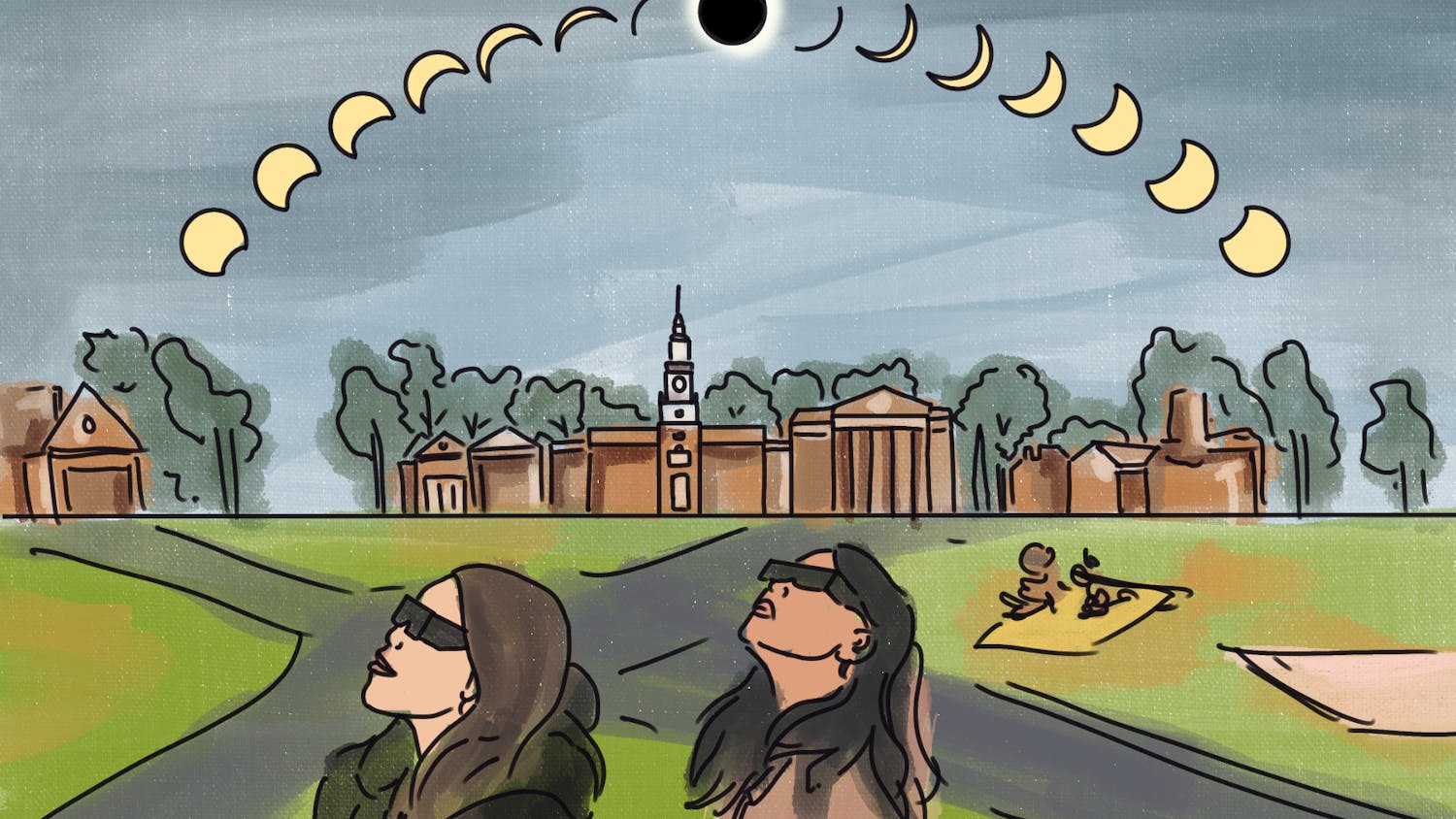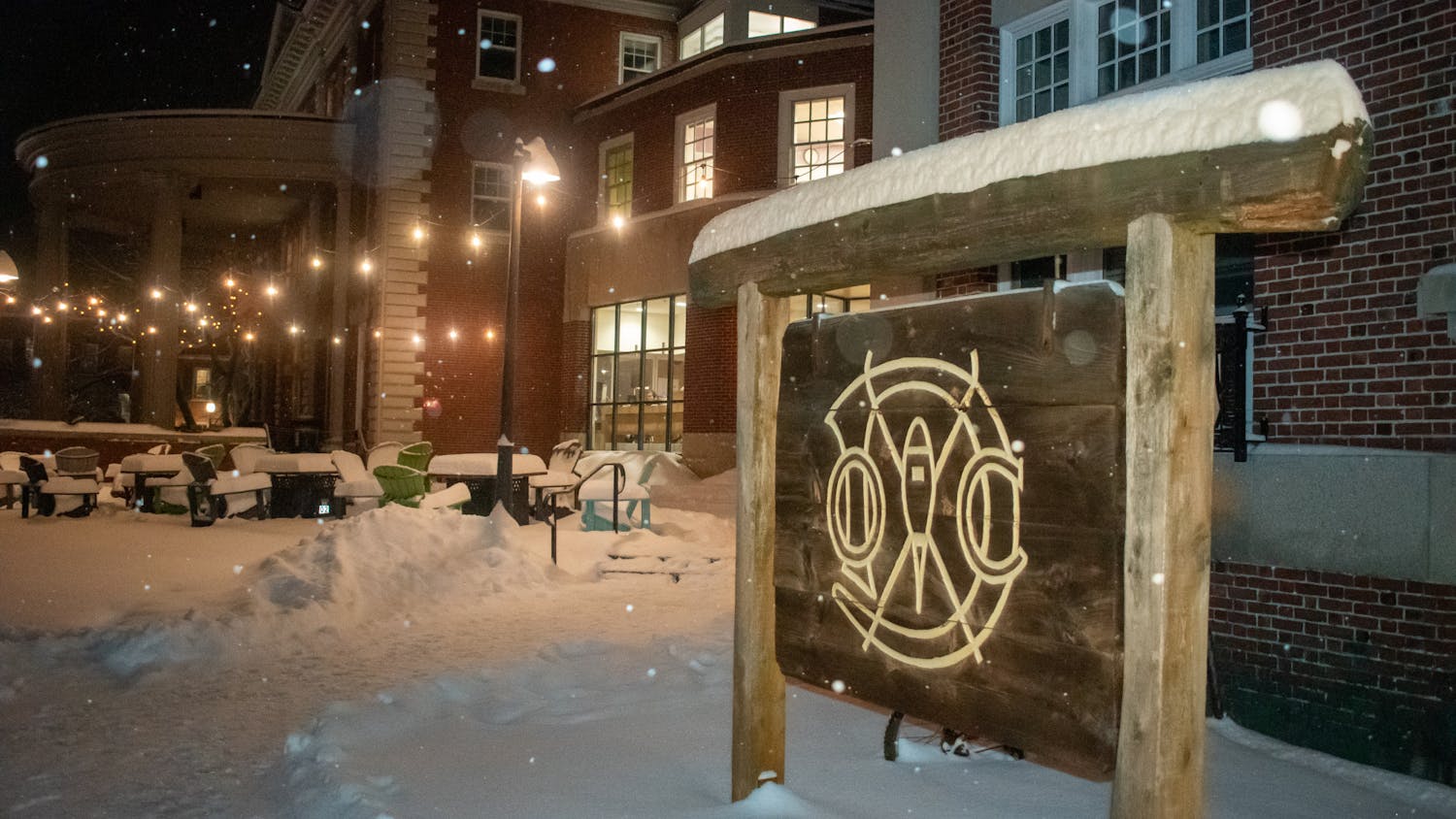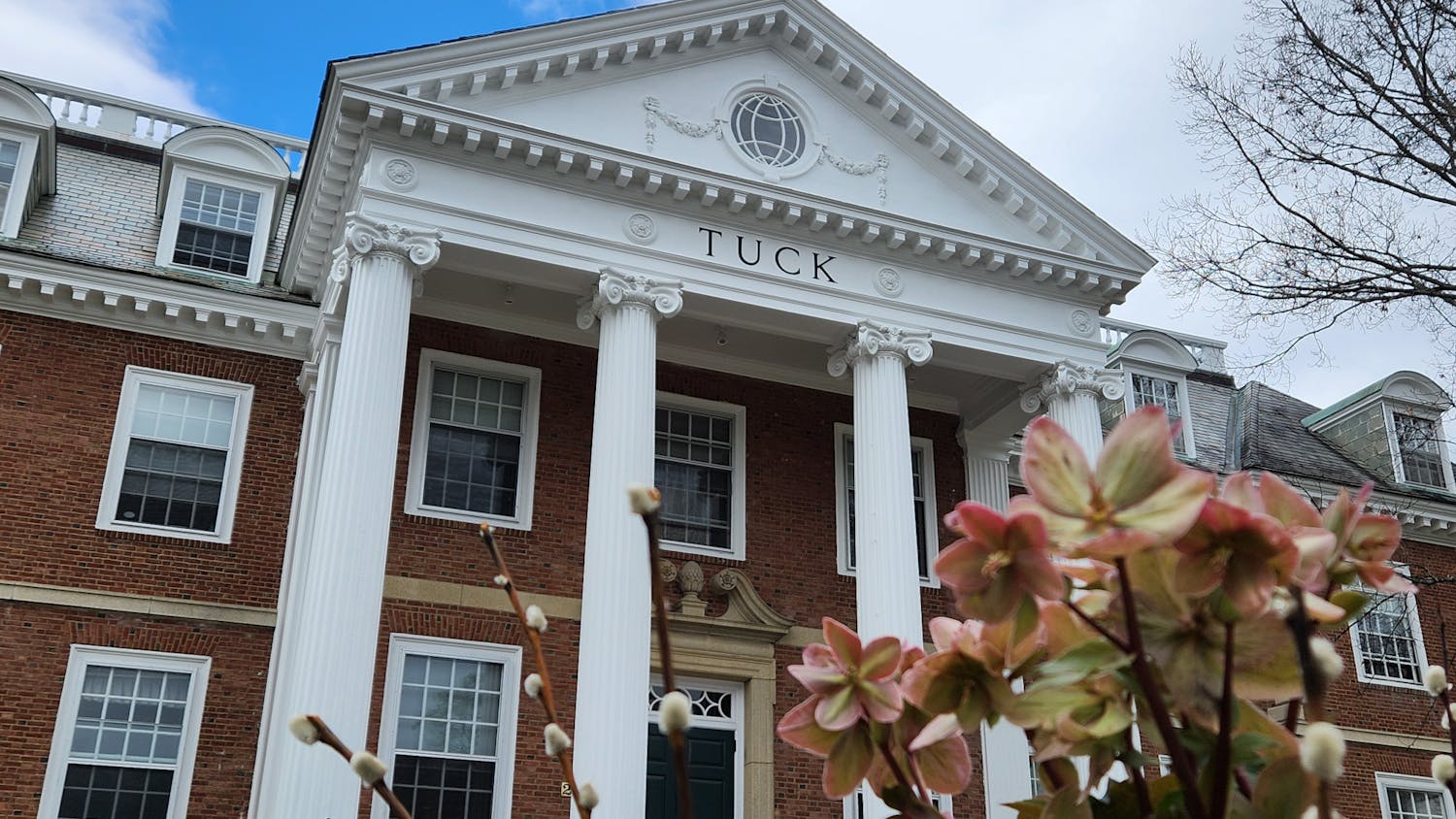Of course, we all know that professors are real people with complex personal lives. However, it can be hard to imagine how they spend their time outside of the classroom. It is even harder to imagine how professors “hang out” with other professors.
To learn more about friendships between professors, I interviewed biology and earth science professor Kevin Peterson. Since his arrival at Dartmouth in 2000, he has had plenty of time to befriend his colleagues. To get a general sense of how students’ perceptions of professors’ friendships compare to the reality, I also interviewed two students, Isabel Parks ’20 and Pablo Correa ’20.
Peterson, who did not know any other professors when he first came to Dartmouth, said he first met his colleagues at a “training day,” during which new professors mingled while going through the Dartmouth Handbook. Afterwards, a party was held at College President Phil Hanlon’s house to welcome the new faculty members.
However, Peterson also mentioned that he did not see many of these professors again until they were offered tenure six years later. Instead, most of his interactions with other professors occurred within his home department. There were clear parallels to how many student friendships develop: students’ initial friend groups during the first few weeks drastically change as they meet more people and develop a routine. So, do professors never interact with those in other departments?
Both Parks and Correa recognized the apparent difficulty of maintaining close friendships with those you don’t work with directly. Parks wondered if the College held faculty dinners and activities where professors could get to know one another better. Correa thought similarly, mentioning that there should be “campus events” for professors from all departments to socialize.
Both students imagined campus-sponsored events helping to facilitate the formation of professors’ friendships, perhaps inspired by the myriad activities held during orientation to unite new students. However, Peterson seems to have formed many of his friendships outside of such events. For example, in addition to his friends within his departments, he also sees some professors frequently because their children attend the same school, and accordingly they attend many of the same school functions.
Overall, Peterson’s friendships between professors seem to have formed naturally, without much aid from formal activities hosted by the College. But beyond the initial act of meeting other professors, what exactly do professors do to “hang out” with their friends?
Parks imagined professors “getting lunch” and “grabbing coffee” as their most common activities, as well as meeting up to attend Dartmouth athletic events, such as football and hockey games. Correa “always imagined professors going out to bars” to enjoy some drinks together.
Peterson agreed that meals are certainly a significant way that he spends time with other professors. For example, he recalled having recently gone out to lunch with both his wife and biology professor Patrick Dolph. House parties and dinner parties are also typical activities for him and his friends — Dolph, along with biology professors Ryan Calsbeek and Mark McPeek, had attended Peterson’s most recent birthday celebration.
Important to keep in mind, Peterson emphasized, is how each of his friendships “is different, and each friend fills a slightly different position” in his life. While he knew some professors’ families quite well, he had never met the spouses or children of others. Certain professors were close friends of his, but others were simply his acquaintances.
“The level of intimacy differs [with different people],” Peterson said. “Sometimes you’re just closer with certain people for reasons that you don’t know, but you just are.”
I was also interested in hearing about whether professors’ friendships influenced research in any way. According to Peterson, he has performed research with professors whom he considers friends. In fact, at the time of the interview, he was currently co-authoring a paper with McPeek.
“Our relationship is very productive [and] very intellectually satisfying,” he said.
However, he knows other professors whose academic interests do not overlap with his own, so research has not played a role — he “doesn’t talk science” with them.
As I thanked Peterson for providing insight into the world of professors’ friendships, he made sure to mention that there is no universal way for such friendships to function. Different professors have drastically different personalities and levels of sociability, so just as his individual friendships vary, the types of friendships that other professors maintain vary as well.
It should be obvious that professors’ friendships form naturally and are individualized. After all, students’ friendships work the same way. However, it can be tempting to view professors as unrelatable and wholly different from students. It’s voices of professors like Peterson that remind us that in many ways, we’re often more similar than we are different.



